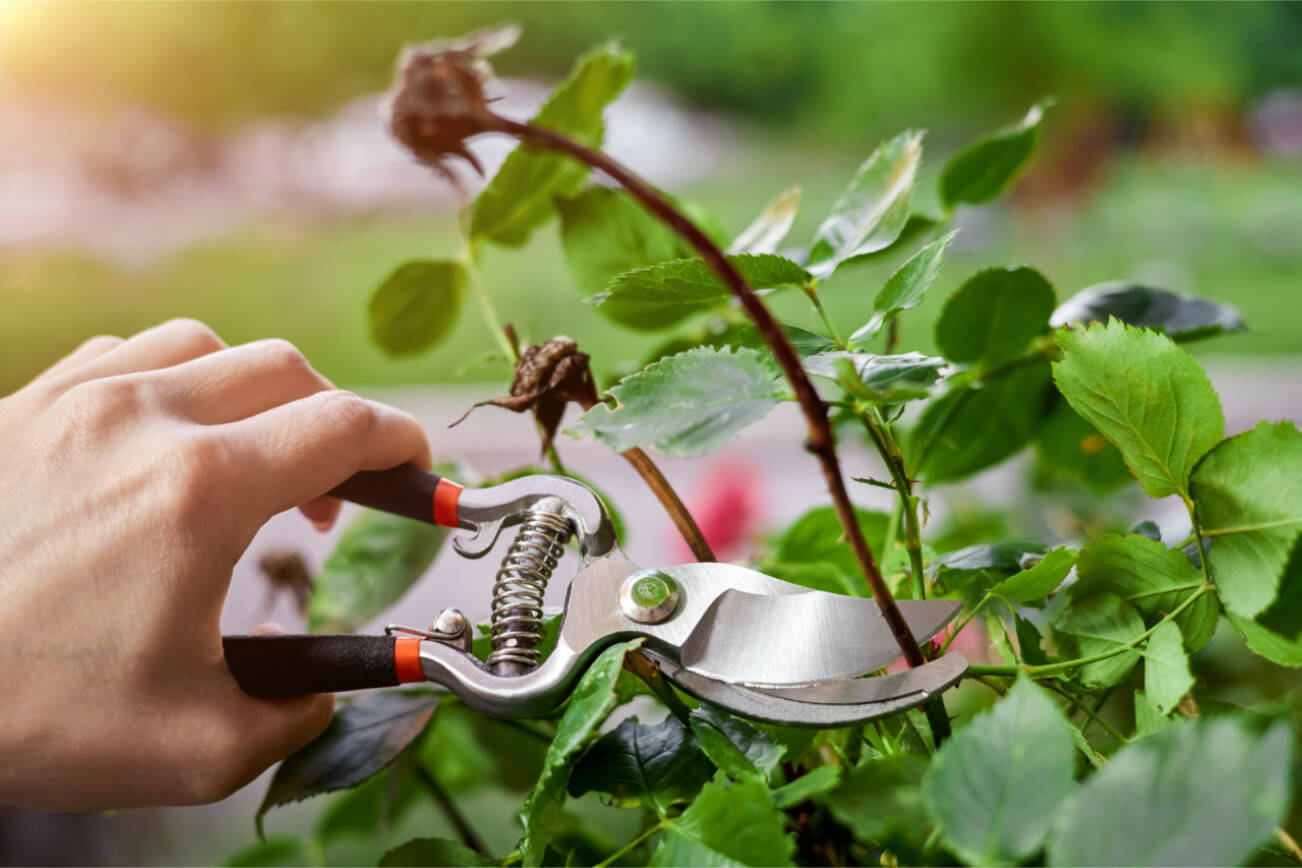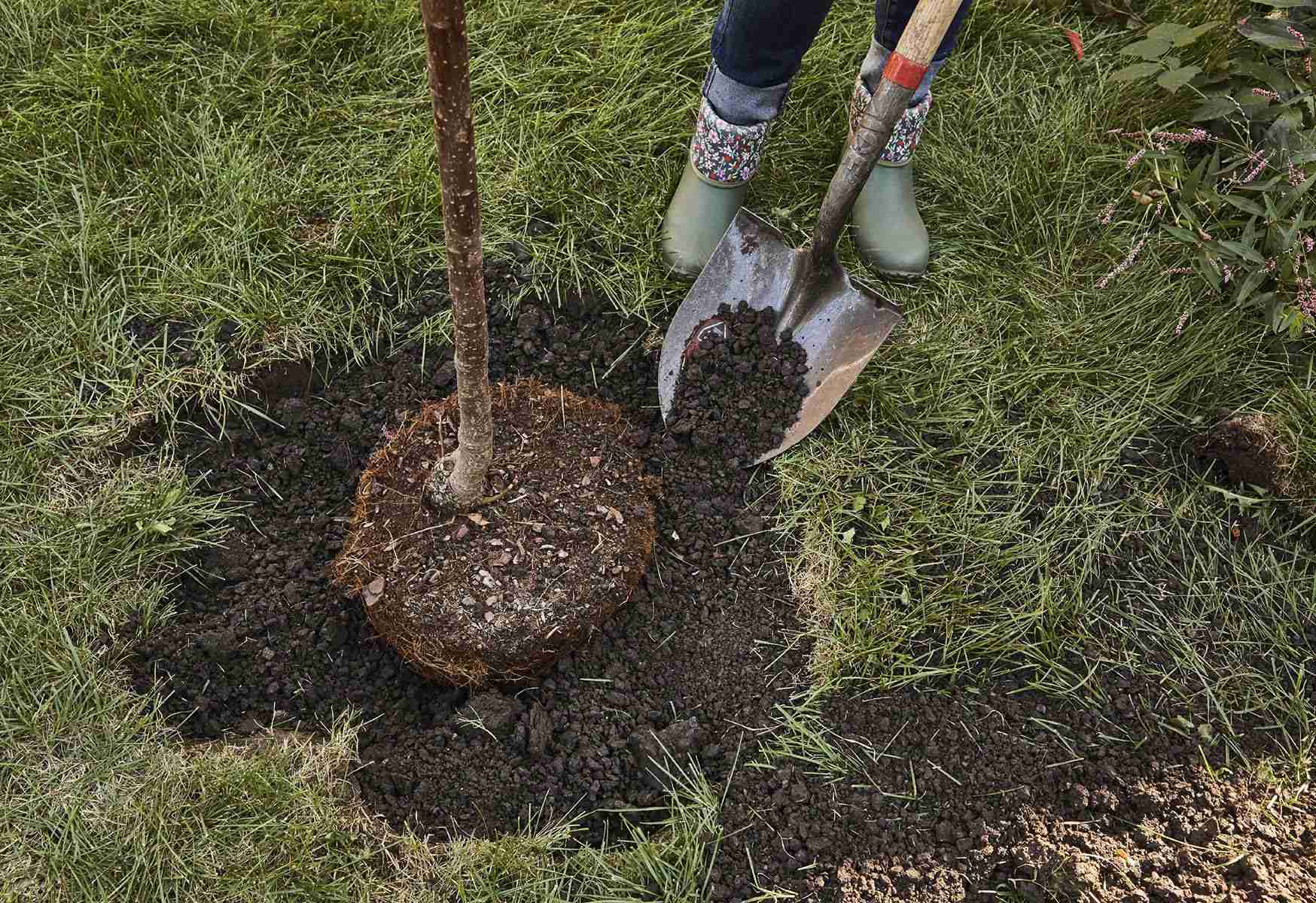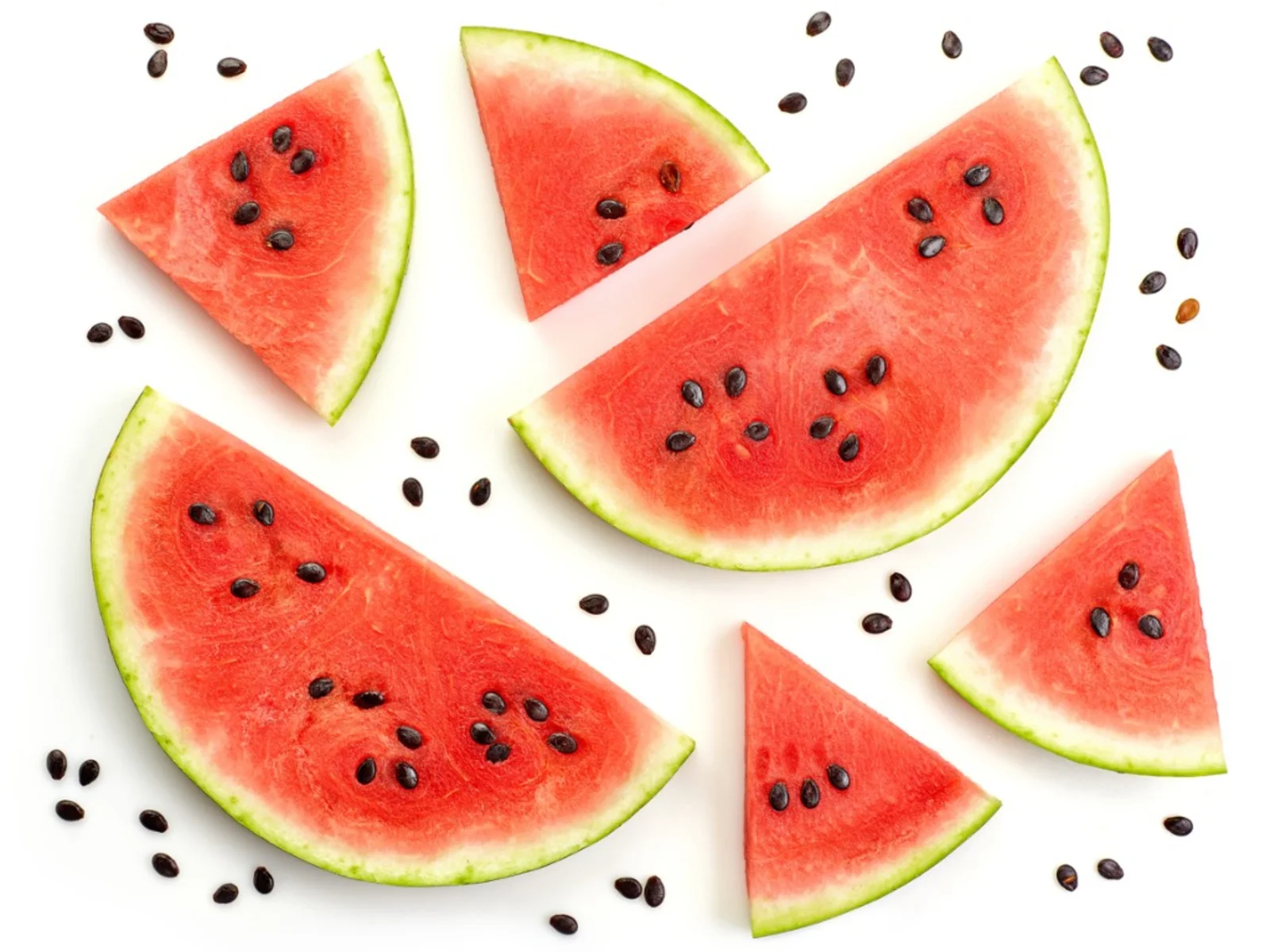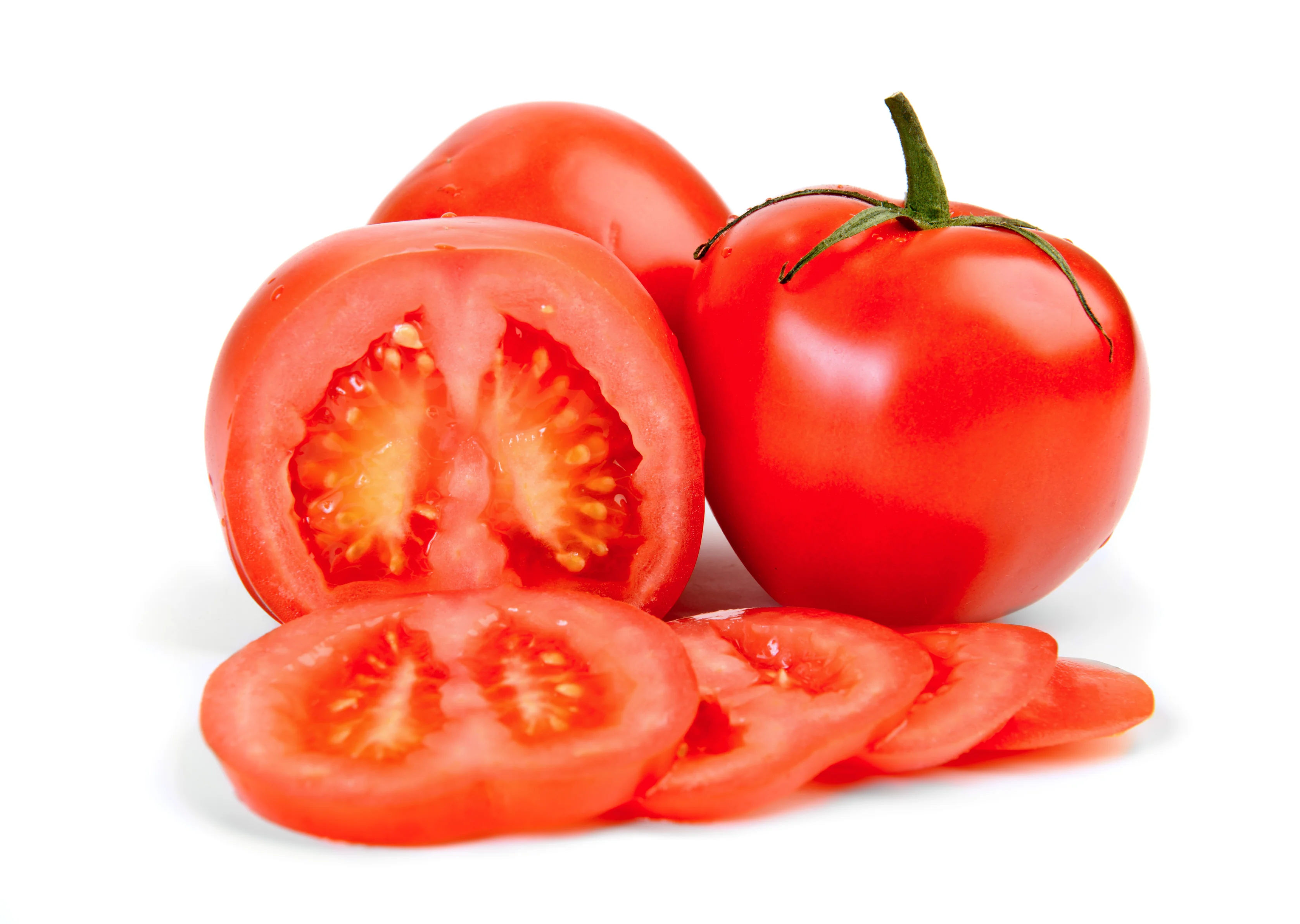Home>Gardening Techniques>Plant Care>When Should You Cut Back Trees And Shrubs?


Plant Care
When Should You Cut Back Trees And Shrubs?
Modified: January 22, 2024
Learn when to cut back your trees and shrubs for optimal plant care. Expert tips and guidance on the best timing for pruning and maintenance.
(Many of the links in this article redirect to a specific reviewed product. Your purchase of these products through affiliate links helps to generate commission for Chicagolandgardening.com, at no extra cost. Learn more)
Table of Contents
Introduction
When it comes to maintaining a beautiful and healthy landscape, proper pruning and trimming of trees and shrubs are essential tasks. Knowing when to cut back your plants is crucial for their overall growth and longevity. While there are general guidelines to follow, the timing of pruning can vary depending on the specific plant species, local climate, and desired outcomes.
Pruning trees and shrubs helps shape their growth, promotes better airflow, prevents disease and insect infestation, and stimulates new growth. It’s important to understand that different plants have different pruning needs. Some require regular, annual pruning to maintain their shape, while others may only need occasional pruning to remove dead or damaged branches.
Understanding the natural growth patterns and habits of your plants will help you determine the best time to prune. Factors such as flowering times, dormancy periods, and growth habits play a significant role in deciding when to cut back trees and shrubs. Additionally, it’s crucial to consider the season and weather conditions to ensure optimal results.
In this article, we will explore the different seasons and the most appropriate times to prune trees and shrubs. By following these guidelines, you can ensure that your plants thrive and enhance the beauty of your landscape all year round.
Factors to Consider
Before deciding when to cut back trees and shrubs, there are several factors you should take into consideration:
- Plant Species: Different plant species have different growth patterns and pruning requirements. Some plants, such as fruit trees or rosebushes, benefit from annual pruning to encourage healthy fruit production or vigorous flowering. Other plants, like evergreen shrubs, may only require occasional pruning to maintain their shape.
- Growth Habit: Understanding the growth habit of your plants is essential. Some plants produce new growth on old wood, while others generate new growth on new wood. Pruning at the wrong time can disrupt the plant’s natural growth cycle and affect its ability to produce flowers or fruits.
- Flowering Time: Pruning at the wrong time can result in the loss of blooms. It’s important to know whether your plants bloom on old wood or new wood, as this will determine the optimal time for pruning. For example, spring-flowering plants, such as lilacs or forsythias, should be pruned right after they finish blooming, while plants that bloom in summer can be pruned in late winter or early spring.
- Dormancy Period: Many deciduous trees and shrubs go into a period of dormancy during the winter. This is the ideal time for pruning, as the plant is less vulnerable to stress and disease. However, some plants, particularly those that bloom early in the spring, should be pruned in late winter before they break dormancy.
- Local Climate: The climate in your region plays a significant role in determining the best time to prune. If you live in an area with harsh winters, it’s advisable to wait until the risk of frost has passed before pruning, to avoid damaging new growth. Similarly, in regions with extremely hot summers, it’s best to prune in early spring or fall to prevent stress on the plants.
Considering these factors will help you determine the most appropriate time to cut back your trees and shrubs. However, it’s always a good idea to consult local gardening resources or seek advice from a professional arborist for specific plant care recommendations in your area.
Spring
Spring is a crucial time for pruning trees and shrubs, as it is a period of renewed growth and vitality. Here are some guidelines for pruning during the spring season:
- After Flowering: Spring-flowering plants, such as azaleas, rhododendrons, and magnolias, should be pruned immediately after they finish blooming. This ensures that you don’t remove next year’s flower buds, which usually form shortly after the current blossoms fade.
- Dead or Damaged Branches: Spring is an excellent time to remove any dead or damaged branches that may have occurred over the winter. This not only improves the overall health of the plant but also enhances its aesthetic appeal.
- Shape and Size: If you have deciduous trees or shrubs that need shaping or size reduction, early spring is an ideal time to prune. Without the leaves blocking your view, it’s easier to assess the structure of the plant and make precise cuts.
It’s important to note that not all trees and shrubs should be pruned in spring. For instance, evergreen trees and shrubs are better pruned in late winter or early spring, before their active growth resumes.
By pruning during the spring, you can help your plants maintain their desired shape, remove any winter damage, and encourage healthy growth throughout the rest of the year.
Summer
Summer is a time of lush growth and vibrant foliage, making it an ideal season for maintaining and shaping your trees and shrubs. Here are some considerations for pruning during the summer:
- Deadheading: Many flowering plants benefit from deadheading, which involves removing faded flowers. This practice encourages continuous blooming and prevents energy from being wasted on seed production.
- Thinning and Shaping: Summer is a great time to thin out dense branches or shape plants that have become unruly. Removing overcrowded or crossing branches improves airflow and reduces the risk of disease and pests.
- Size Control: If you have fast-growing plants that tend to get out of hand, summer pruning can help control their size. By trimming back long shoots or overly vigorous branches, you can maintain a more compact and manageable shape.
It’s important to note that summer pruning should be done with caution, as excessive pruning during this time can stimulate new growth that may not have time to harden off before winter. This can leave the plant vulnerable to frost damage.
Before pruning during the summer, assess your plants’ growth and determine the specific goals you want to achieve. Consulting gardening resources or seeking professional advice can help ensure you properly care for your trees and shrubs during this season.
Fall
Fall is a season of transition, as plants prepare for dormancy. While pruning during this time is generally not recommended for most trees and shrubs, there are a few exceptions and specific tasks to consider:
- Dead or Diseased Branches: Fall is an excellent time to remove any dead or diseased branches before winter sets in. Cutting back these branches helps prevent the spread of disease and allows the plant to allocate its energy more efficiently.
- Shape and Structure: Fall is a good time to assess the overall shape and structure of your trees and shrubs. If there are any branches that are crossing or rubbing against each other, it’s advisable to prune them to eliminate potential future problems.
- Fruit Trees: Some fruit trees benefit from pruning in the fall. By removing any dead or overcrowded branches, you can enhance the tree’s shape and improve fruit production in the following season.
It’s important to note that pruning too late in the fall can stimulate new growth that may not have enough time to harden off before winter. This can leave the plant more vulnerable to frost damage and other winter-related stresses.
Before pruning in the fall, consider the specific needs of your trees and shrubs, and consult local gardening resources or seek advice from professionals to ensure proper care and maintenance during this season.
Winter
Winter is a season of dormancy for many trees and shrubs, making it an ideal time for pruning certain plants. Here are some considerations for winter pruning:
- Dormant Trees and Shrubs: Deciduous trees and shrubs that go into dormancy during winter can be pruned during this time. With no leaves obstructing your view, it’s easier to evaluate the structure of the plant and make precise cuts.
- Rejuvenation Pruning: Winter pruning is an excellent opportunity for rejuvenation pruning, which involves cutting back overgrown or neglected plants to stimulate new growth. This can be done for certain shrubs, like butterfly bushes or spireas, to promote healthier and more vigorous growth in the spring.
- Thinning and Shaping: Winter is also a suitable time to thin out dense branches and shape trees and shrubs. By removing crowded or crossing branches, you improve air circulation and reduce the risk of disease and pests.
It’s important to avoid pruning plants that are not dormant during winter, such as early spring blooming shrubs or evergreens. Pruning at the wrong time can disrupt their growth cycle and potentially reduce their flower or foliage production.
During the winter, take advantage of the dormant period to conduct essential maintenance and shaping for appropriate tree and shrub species. Consult local gardening resources or seek professional advice to make informed decisions and ensure the health and vitality of your plants.
Conclusion
Knowing when to cut back trees and shrubs is crucial for promoting their health, shape, and overall beauty. By considering factors such as plant species, growth habits, flowering times, dormancy periods, and local climate, you can determine the most appropriate time for pruning.
Spring is a critical time for pruning, especially for spring-flowering plants. Summer pruning allows for shape control and thinning, while fall is best for removing dead or diseased branches. Winter is ideal for pruning dormant trees and shrubs and conducting rejuvenation pruning.
Remember, not all trees and shrubs should be pruned during every season. Each plant has its own unique requirements, and understanding these needs will help you make informed decisions about when and how to prune.
It’s essential to approach pruning with care and precision, making clean cuts at appropriate angles to minimize stress and potential damage to the plant. If you are uncertain about pruning techniques or specific plant requirements, don’t hesitate to consult gardening resources or seek guidance from professionals.
By following proper pruning practices and considering the specific needs of your plants, you can ensure their continued growth, beauty, and longevity. Regular pruning will help maintain an attractive landscape and create an environment where your trees and shrubs can thrive for years to come.





